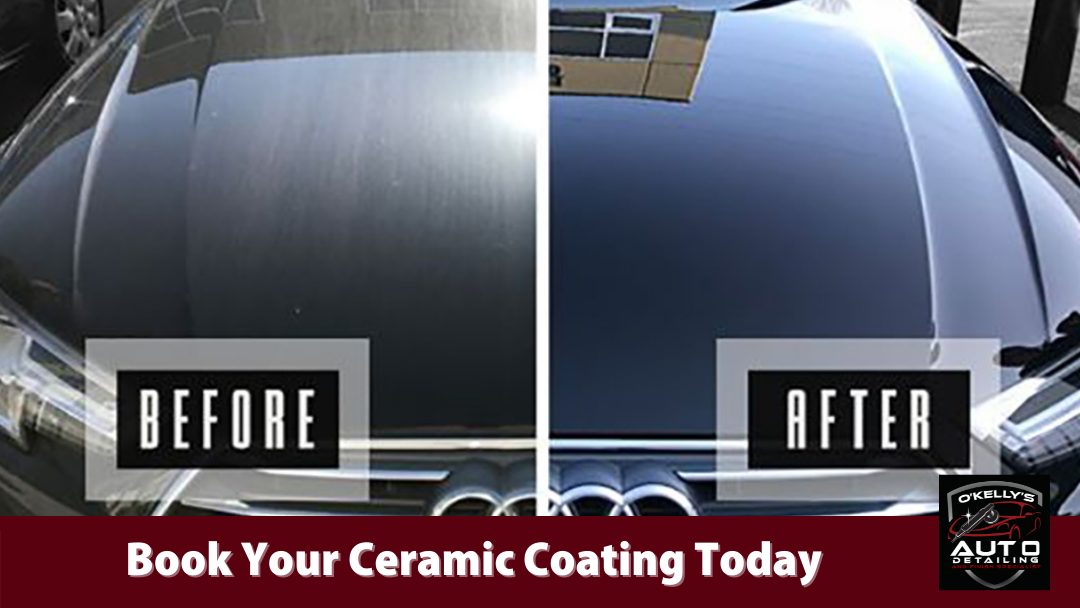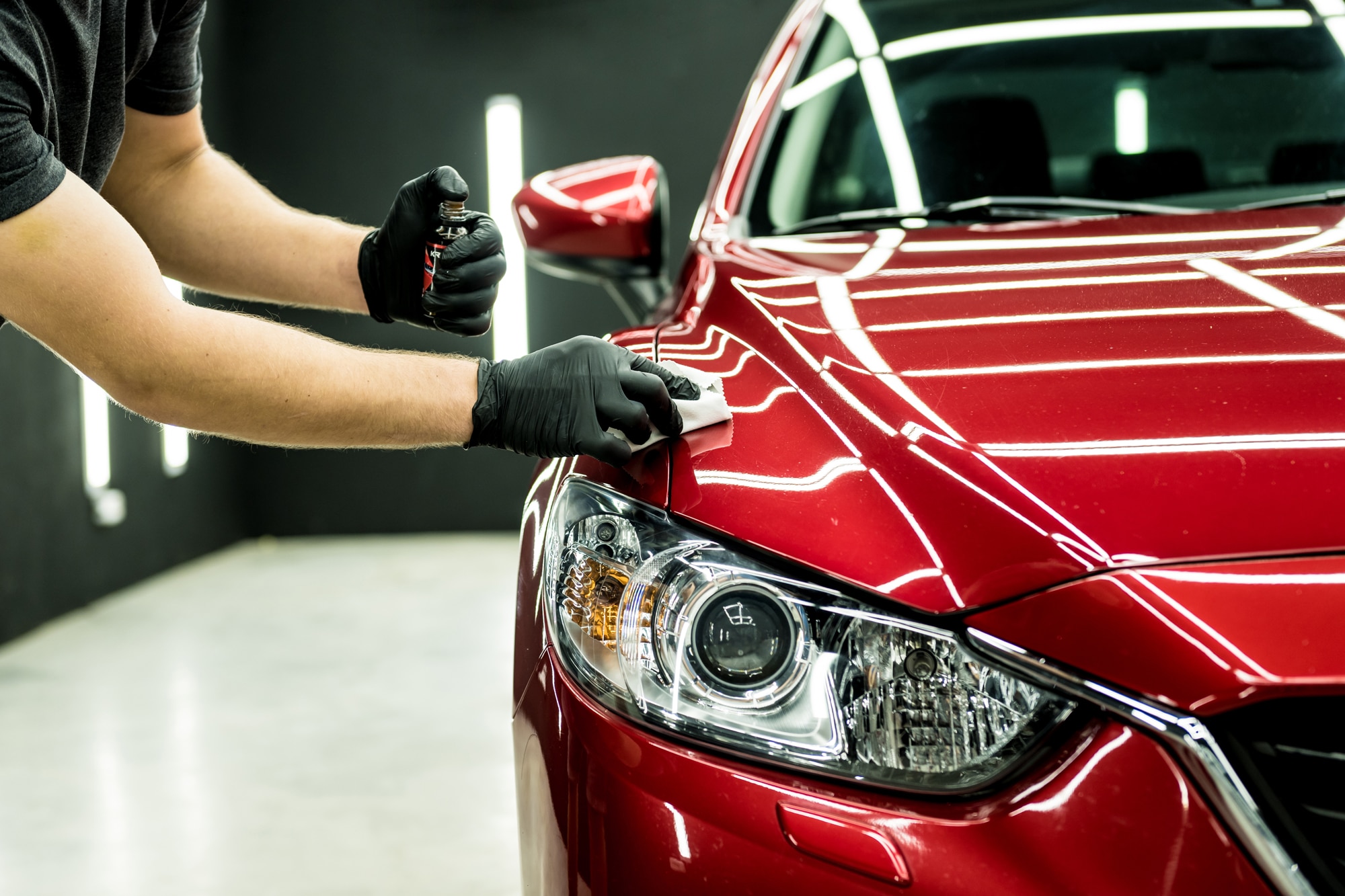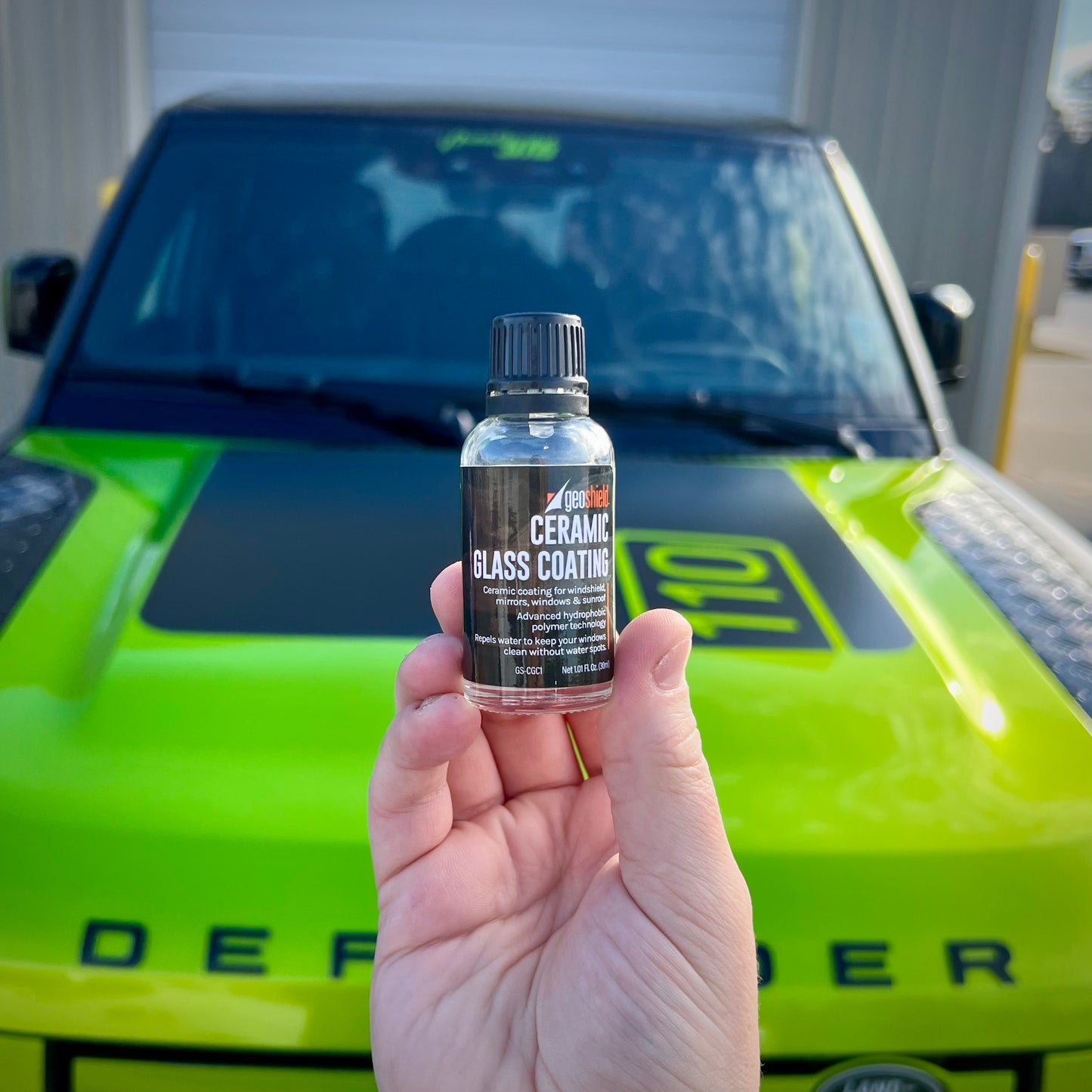The Science Behind the Durability of Ceramic Coating Philadelphia Applications
The Science Behind the Durability of Ceramic Coating Philadelphia Applications
Blog Article
Why Ceramic Finishing Is the Ultimate Option for a Flawless Complete
Ceramic coating has actually emerged as a leading service for those seeking a remarkable coating for their vehicles, many thanks to its exceptional resilience and protective features. What factors genuinely set ceramic finishing apart?
What Is Ceramic Layer?

When used appropriately, ceramic finish produces a hydrophobic surface area that wards off water and dust, making it much easier to keep and cleanse. Unlike standard waxes or sealants, which commonly supply short-lived security, ceramic coatings can last for a number of years, relying on the item high quality and application method. The process of using ceramic finishing requires thorough preparation, consisting of detailed cleaning and sometimes repaint modification, to ensure ideal bonding and effectiveness.
Ceramic finishes are not limited to auto surfaces; they can likewise be used on various products, including glass, steel, and plastics, giving a functional remedy for improving defense. On the whole, ceramic coating stands for a significant development in surface defense technology, incorporating both visual and functional benefits for a large range of applications.
Benefits of Ceramic Covering
While lots of surface protection alternatives exist, the advantages of ceramic finish stand out due to its unique residential or commercial properties and long-lasting efficiency. One of the main advantages is its remarkable resilience. Ceramic Coating Philadelphia. Unlike traditional wax or sealants that call for frequent reapplication, ceramic layers supply a resilient layer that can last for numerous years, considerably reducing upkeep efforts
An additional notable advantage is enhanced defense against ecological impurities. Ceramic finishings create a hydrophobic surface area that repels water, dust, and different pollutants, making it simpler to clean up. This attribute not just preserves the automobile's appearance however additionally minimizes the threat of deterioration and oxidation, particularly in rough climate condition.
Additionally, ceramic layers offer premium resistance to UV rays, stopping fading and deterioration of paint gradually. This UV protection is critical for preserving the visual value of vehicles and surface areas exposed to direct sunshine.
Furthermore, the glossy finish attained with ceramic covering improves the overall aesthetic appeal, giving surfaces a showroom-quality shine. On the whole, ceramic coverings represent a significant advancement in surface defense innovation, providing long-lasting benefits that satisfy both functional and aesthetic needs.
How It Works
Recognizing the science behind ceramic coverings exposes exactly how they offer such amazing defense and durability. At its core, a ceramic coating is a liquid polymer that chemically bonds with the car's factory paint.
The application process involves several steps, consisting of surface preparation, which is vital to accomplishing ideal attachment. As soon as used, the layer undertakes a treating procedure, during which it solidifies and develops a semi-permanent bond with the paint Read Full Report surface area. This bond is what differentiates ceramic layers from conventional waxes and sealers, giving a longer-lasting safety obstacle that can endure for many years.
Furthermore, the thickness of the coating can boost its protective qualities, making sure that it can hold up against severe conditions. Ultimately, the scientific research of ceramic coatings integrates sophisticated products with innovative application methods to deliver an unparalleled level of protection and visual improvement for vehicles.
Comparison With Traditional Methods
The advantages of ceramic coatings end up being particularly evident when compared to standard paint protection approaches such as waxes and sealers. While waxes provide a momentary luster, normally lasting a couple of weeks to a pair of months, ceramic coatings provide a durable protective layer that can withstand for several years. This toughness dramatically minimizes the frequency of reapplication, making ceramic layers an extra cost-effective solution in time.
In addition, typical approaches commonly require extensive prep work and several applications to accomplish a satisfactory level of protection. On the other hand, ceramic coverings bond at a molecular level with the car's surface area, creating a durable shield against environmental pollutants like UV rays, acid rainfall, and road salts. This bond improves the automobile's resistance to scratches and swirl marks, which prevail with standard waxes and check my source sealers.
Additionally, the hydrophobic residential properties of ceramic coatings ward off water and dirt, causing less complicated cleaning and maintenance. In comparison, wax and sealant-treated surfaces can draw in gunk, requiring more constant washing - Ceramic Coating Philadelphia. Generally, ceramic finishes not just offer remarkable defense however also deliver a more visually attractive and long-lasting coating, developing them as the preferred choice for critical lorry owners
Application and Maintenance Tips

Utilizing a foam applicator, use the covering in small sections, complying with the manufacturer's guidelines regarding thickness and overlap. Enable enough curing time between coats, commonly 1 day, to guarantee proper bonding. After application, it is important to avoid exposure to water or rough aspects for at least a week to permit the coating to totally heal.
For maintenance, clean the car routinely with pH-balanced soaps and avoid rough materials. Touchless Homepage auto washes are recommended to lessen scraping. In addition, making use of a ceramic upkeep spray can enhance the finish's hydrophobic homes and longevity. Regular assessments for any indications of wear will certainly aid maintain the layer's integrity and maintain that immaculate coating.
Verdict
In conclusion, ceramic finishing emerges as a superior choice for attaining a remarkable automobile coating. By developing a robust bond with manufacturing facility paint, ceramic layer properly shields against scratches, UV rays, and ecological contaminants.

Report this page